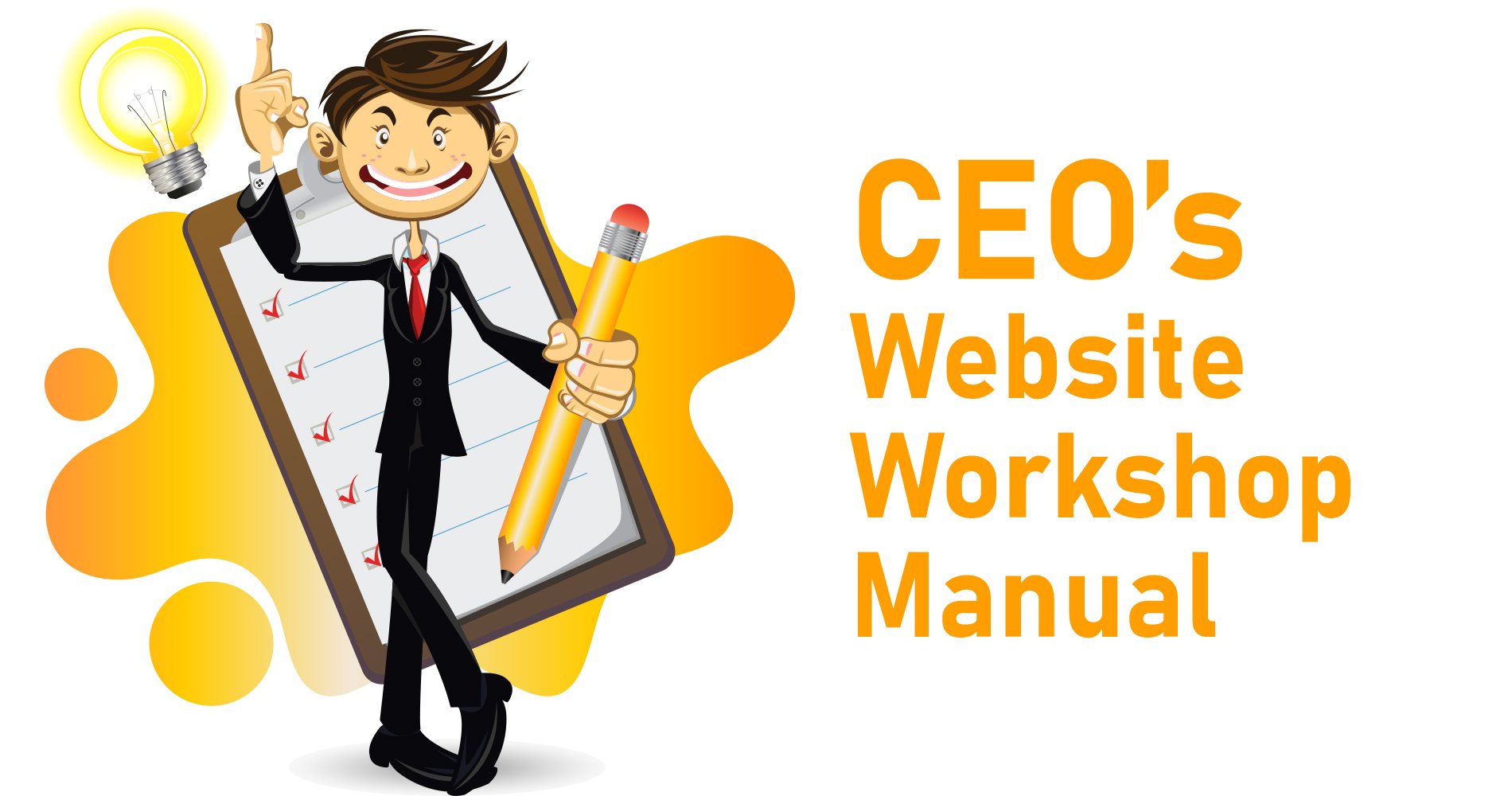We are told, post covid 19, that we need to transform our businesses. Things are changing fast, and there is no more time to waste. Now is the time to press the button and get with the programme. Now is the time to listen to what the markets and our customers are telling us.
Especially on the customer focussed side of things, like sales, marketing and customer service. We need to become a data driven and technologically enabled wonder of the modern world!
There is plenty of information out there to support this. Web traffic is up, online shopping or e-commerce is up (and predicted to continue to rise for the foreseeable future) and our customers continue to demand 'always on' access to our products and support services.
That's OK if you've built your collection of business technology over the years, but what if you need to move fast from a standing or almost standing start? How do you navigate the plethora of options out there and the different opinions and perspectives of everything that available?
Let us help
This article aims to help by talking about the basics, or fundamentals if you like, of the technology you should be now employing in your business. While every tool we talk about here is available on the various HubSpot platforms (email us for a chat about that) we also discuss whether a 'platform' approach or a collection of best in class, or cheaper alternatives, is the best approach for you.
The hit list - what you need as a minimum
A CRM system
Sometimes called a customer or constituent relationship management system. This is the place to store all your customer records and interactions. The single source of truth for your business. It should power all the other tools you use in your tech stack.
A CMS System
This is the content management system you use for your website. Today you should be able to access your site quickly and without fuss, and make simple changes to products, pages, forms etc. build landing pages and calls to action, and indeed publish your blogs, opinion pieces, videos and podcasts without the need to involve the extra time or cost of a third party developer.
An Email Marketing system
Despite reports to the contrary, email is still the go to marketing tactic for most business. Done right, it's also the most effective. You cant afford to overlook this channel, and its important to ensure compliance with the latest regulations too. Something a decent platform can help with.
Social Media Marketing platform
It's easy enough to use your social media networks 'natively' in their own environment these days. And in fact, most social media platforms like Facebook have very advanced interfaces for brands to use organically and on a paid basis. But when it comes to analysing performance, bulk publishing and consistency cross platforms, a bespoke tool is worth the world.
SEM / SEO Tools
A must have for any content marketer is the ability to be able to research the terms their customers are using to look for their services. And then it's a simple job to optimise their content for search engines, giving a better chance of being found at the right point in the customers journey.
Analytics
'I know half my marketing works, the trouble is, I dont know which half' - a famous refrain from back in the day, but today there is no excuse to not being to tell exactly what ROI your content, social media, and paid marketing activities are generating for you. From understanding top line metrics for sales teams, to in depth funnel conversion optimisation, analytics have never been more important, or easier to set up.
Live chat / Customer service 'bots'
A simple tool that allows customers to be routed to the best place for their enquiry 24/7 or even reach the person they need to talk to quickly and efficiently. Quickly becoming a must have. I'd guess people are navigating away from non Live Chat hosting website, as anything else is a pain to deal with.
Whats the best approach?
There are a few different ways to go in terms of scaling your sales marketing and customer service technology. And you can also 'do it yourself' or get someone in to help.
Doing it yourself allows you to build knowledge and expertise in the business, but can also slow down progress. And until you are more familiar with the technology industry, it's easy to make the wrong decision on what to use.
Using an expert supplier like Real Inbound is a great way to go if you have the budget and need to get moving fast. Spending more on a partner to support you makes sense as it can also save you from making expensive miss steps and mistakes when finding your way about.
It's also the fastest way to learn best practice as any reliable vendor will be able to offer onboarding and new starter training too.
As regards the technology itself, there are also a few approaches to think about.
Build a best in class portfolio
Spending time researching whats the best option can pay dividends. It's important to ensure each part fits into the eco system you have chosen and you aren't in fact buying in duplicate functionality. Many email systems come with a CRM functionality for instance.
The Platform approach
Many platforms, like hubSpot exist. They offer several advantages over the best in class approach as they usually come fully features (depending on subscription levels) and are 'out of the box' integrated across the technology. They generally also offer that all important measurement and analytical functionality you need to make sure your sales and marketing are effective. On the other hand, they can seem expensive at the outset, and often need a steep learning curve to ensure your team gets the best out of them.
The Freemium Approach
Many people, especially in small businesses look for free versions of disparate software and jury rig entire systems on this basis. A very cheap way to progress, unless the business in intending to stay the same size for ever, people usually get frustrate with this approach when they start to bump into the ceilings of the various systems functionality and limit. There is also a strong need to be conscious of data and cyber security with so many different ways in and out of your businesses IT structure.
If you'd like any help on any of the topics we've discussed here today, get in touch for a free no obligation chat about the best way forward for you and your business.






